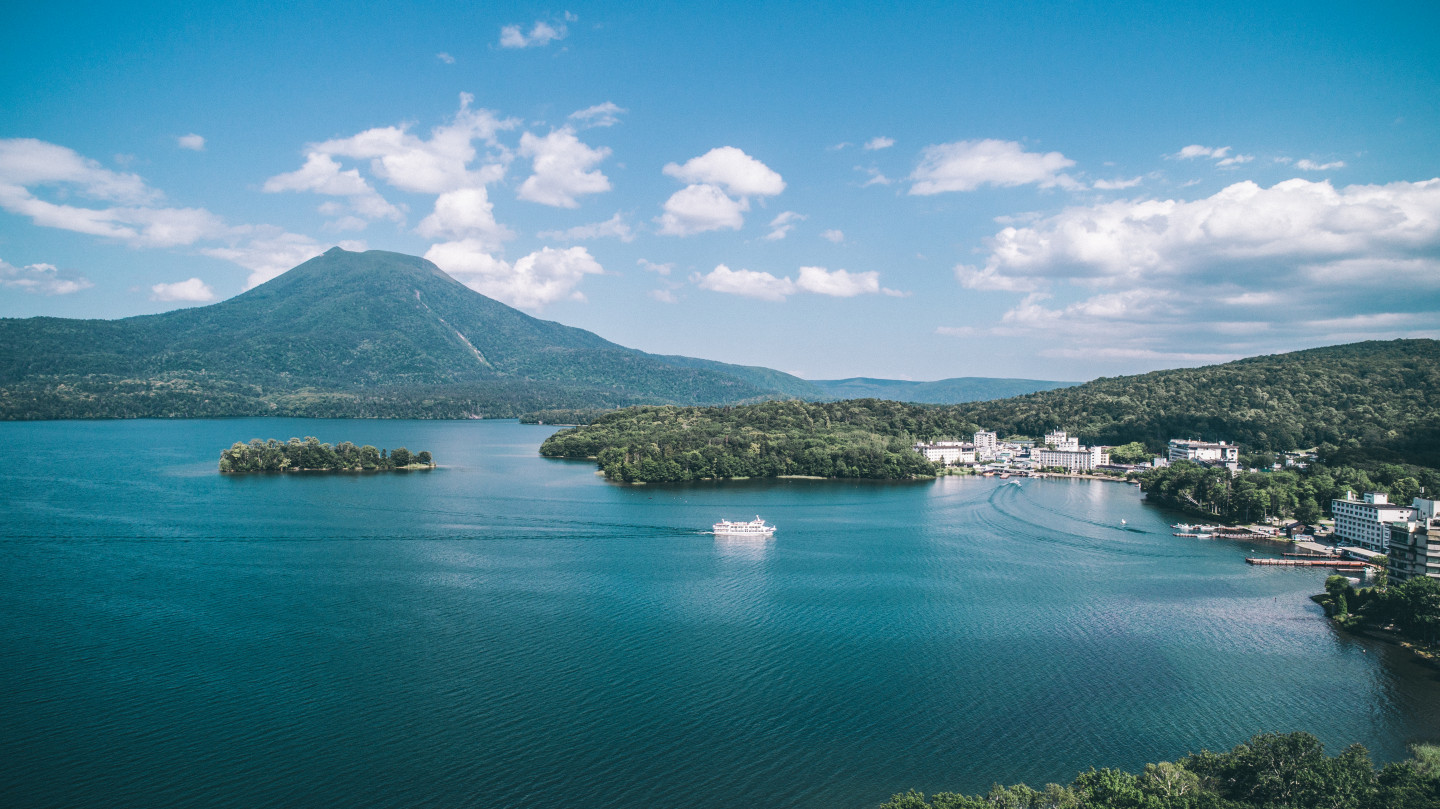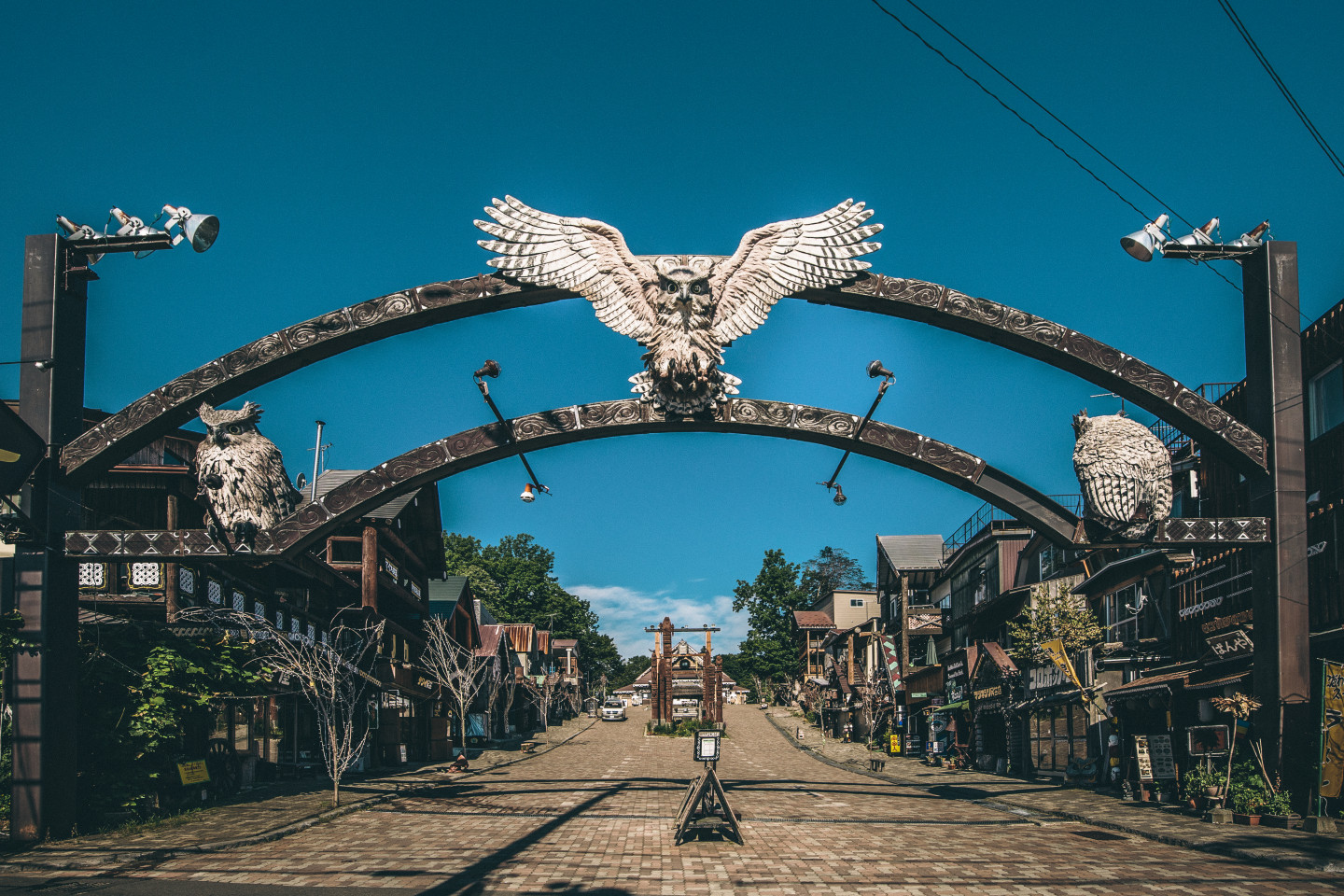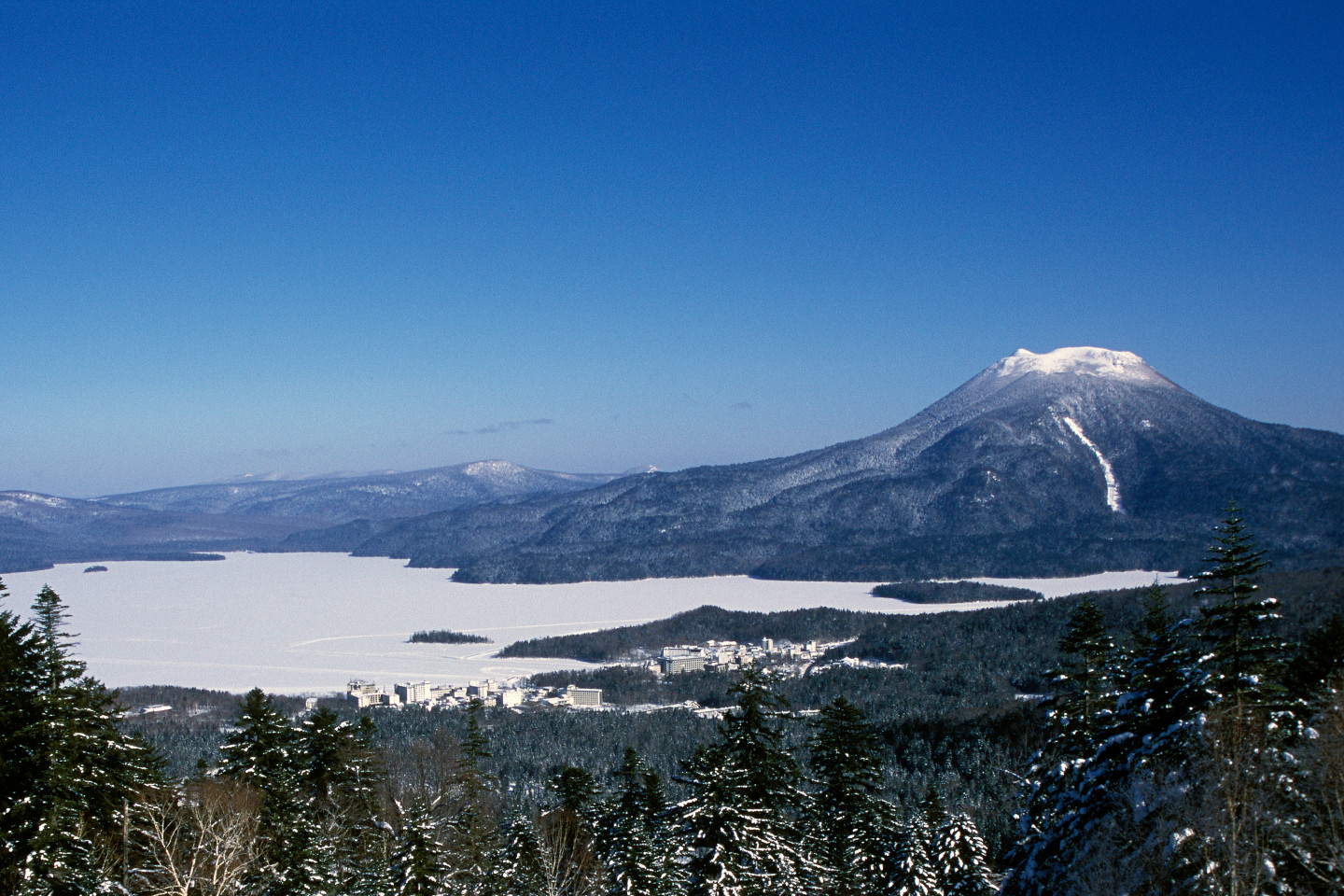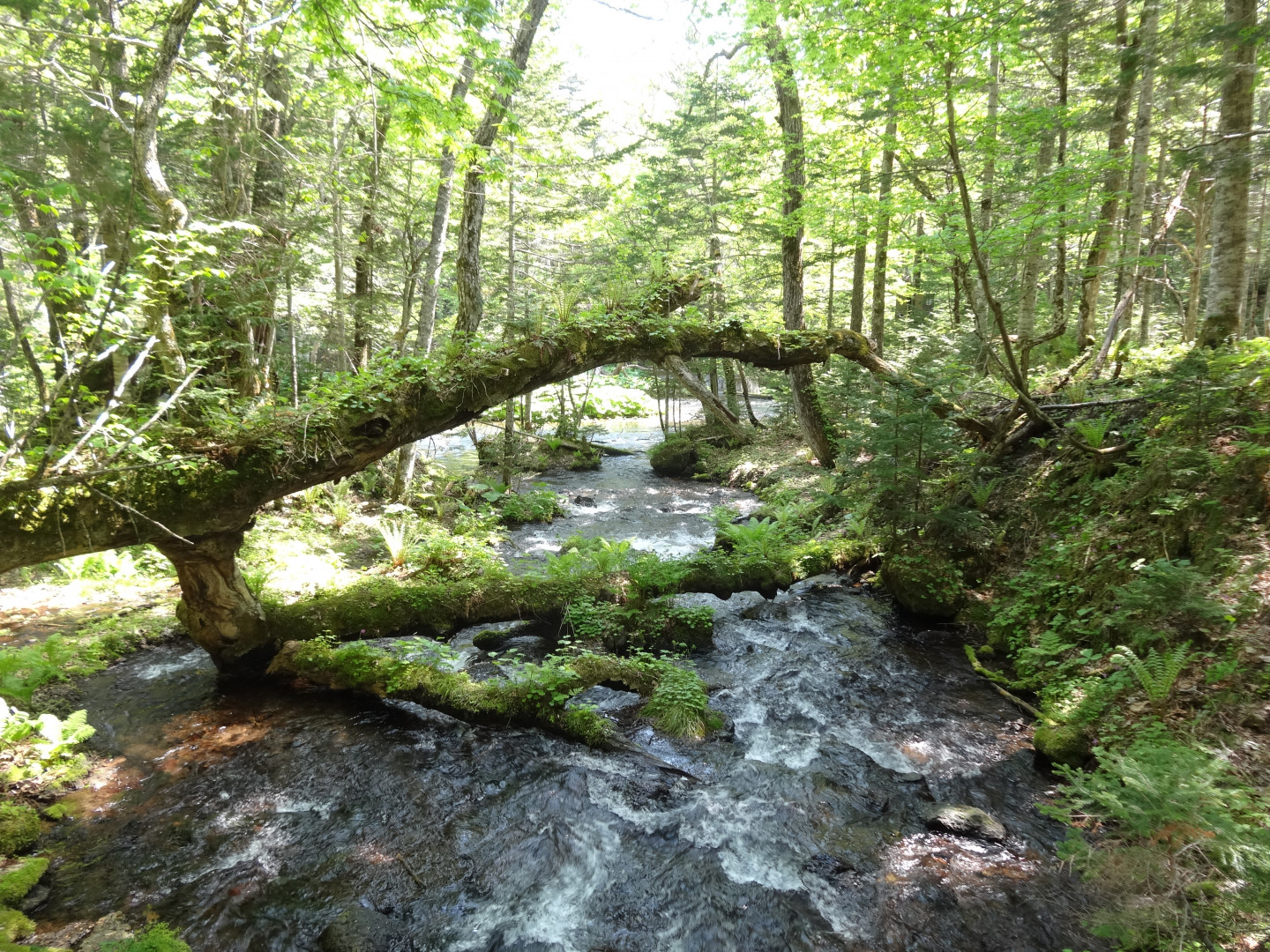Things you should know about Akan’s magnificent nature in advance
 Dynamic nature, vast landscapes, rare creatures, natural hot springs, and traditional Ainu culture, which the area offers to visitors. Visitors from overseas are often surprised at how closely they can get to nature. We'll introduce Akan's most talked-about points and the history of the region.
Dynamic nature, vast landscapes, rare creatures, natural hot springs, and traditional Ainu culture, which the area offers to visitors. Visitors from overseas are often surprised at how closely they can get to nature. We'll introduce Akan's most talked-about points and the history of the region.
Coexisted with nature since ancient times
 With bountiful nature of its forests and lakes Akan was listed in the Japan's 2nd national park in 1934 as a legacy which should be preserved for the future. The 90,481 hectares of expansive area comprises Lake Akan as well as Lake Kussharo and Lake Mashu. Lake Akan and its surrounds are home to a number of rare plants and animals, including the "marimo" aquatic plants, which is listed in the endangered species. Along the lake shore, visitors will find the Japan's largest Ainu kotan (settlement), where a unique tradition of respecting nature as kamuy (gods) continues to this day. By the end of the Edo period, the explorer Takeshiro Matsuura, who traveled all of Japan, had already recorded in his writings the exchange between the Ainu and Japanese people.
With bountiful nature of its forests and lakes Akan was listed in the Japan's 2nd national park in 1934 as a legacy which should be preserved for the future. The 90,481 hectares of expansive area comprises Lake Akan as well as Lake Kussharo and Lake Mashu. Lake Akan and its surrounds are home to a number of rare plants and animals, including the "marimo" aquatic plants, which is listed in the endangered species. Along the lake shore, visitors will find the Japan's largest Ainu kotan (settlement), where a unique tradition of respecting nature as kamuy (gods) continues to this day. By the end of the Edo period, the explorer Takeshiro Matsuura, who traveled all of Japan, had already recorded in his writings the exchange between the Ainu and Japanese people.
Lake Akan and Mt. Oakan
 Lake Akan, a caldera lake formed about 150,000 years ago by a volcanic eruption, is the 5th largest lake in Hokkaido. It is home to many creatures such as marimo, an aquatic plant designated as a special natural monument of Japan as well as rainbow trout, white-spotted char, Japanese huchen ( Sakhalin taimen), and carp. Marimo is an extremely rare plant and Lake Akan is one of the only two places in the world where large spherical marimo are observed. The existence of marimo symbolizes the remarkable abundance of nature in the Lake Akan area.
Lake Akan, a caldera lake formed about 150,000 years ago by a volcanic eruption, is the 5th largest lake in Hokkaido. It is home to many creatures such as marimo, an aquatic plant designated as a special natural monument of Japan as well as rainbow trout, white-spotted char, Japanese huchen ( Sakhalin taimen), and carp. Marimo is an extremely rare plant and Lake Akan is one of the only two places in the world where large spherical marimo are observed. The existence of marimo symbolizes the remarkable abundance of nature in the Lake Akan area.
The magnificent peaks of Mt. Meakan and Mt. Oakan stand at the both side as if watching over Lake Akan. It is possible to hike them, both are active live volcanoes though. Mt. Meakan is rather for the beginners with a hike of about 3 hours reaching the summit at an altitude of 1499 m which offers the views of Lake Onneto on the way which remarkably changes colors with the climate.
・Mt. Me’Akan-dake:http://en.kushiro-lakeakan.com/things_to_do/3815/
・Mt. O’Akan-dake:http://en.kushiro-lakeakan.com/things_to_do/3817/
Preservation efforts for the future
 The most contributions to protecting Akan's nature was definitely the region's designation as a national park. Even before then,however, the "Maeda Ippoen Foundation", which holds 3,892 hectares of land around Lake Akan, has been involved in nature conservation in the area. It was 1906 when Masana Maeda, founder of the Maeda Ippoen Foundation, bought from the central government the land around Lake Akan for the purpose to utilize it as a farmland and pasture. The national park designation would occur about 30 years later. Masana Maeda was deeply impressed by the beauty of Akan's nature and said "This forest is not to cut but to see." And so he decided to conserve the area. One hundred years later, the Maeda Ippoen Foundation continues to protect its land. The untouched virgin forests that remain in Akan are a gift for the dedication of these people.
The most contributions to protecting Akan's nature was definitely the region's designation as a national park. Even before then,however, the "Maeda Ippoen Foundation", which holds 3,892 hectares of land around Lake Akan, has been involved in nature conservation in the area. It was 1906 when Masana Maeda, founder of the Maeda Ippoen Foundation, bought from the central government the land around Lake Akan for the purpose to utilize it as a farmland and pasture. The national park designation would occur about 30 years later. Masana Maeda was deeply impressed by the beauty of Akan's nature and said "This forest is not to cut but to see." And so he decided to conserve the area. One hundred years later, the Maeda Ippoen Foundation continues to protect its land. The untouched virgin forests that remain in Akan are a gift for the dedication of these people.
Visitors who read this article also read:
-
Lake Akan
Top 3 recommended spots to fully enjoy the Lake Akan’s greenery!
5,971 views
-
Kushiro Lake Akan
The 10 Best things to do in Kushiro and Lake Akan in autumn.
78,194 views
-
Kushiro
Kushiro—City of Fog
10,145 views
-
Kushiro Lake Akan
Culture et Nature
KUSHIRO
LAKE AKAN
EXPÉRIENCE, D…1,539 views
 Related Keywords
Related Keywords
 Article Ranking
Article Ranking
-
No.1
Kushiro Lake AkanThe 10 Best things to do in Kushiro and…
152,509 views
-
No.2
Kushiro Lake AkanThe 10 Best things to do in Kushiro and…
127,154 views
-
No.3
Kushiro Lake AkanThe 10 Best things to do in Kushiro and…
78,194 views
-
No.4
Kushiro Lake AkanThe 10 Best things to do in Kushiro and…
64,851 views
-
No.5
Kushiro Lake AkanTwo National parks with differing ecosy…
56,822 views

